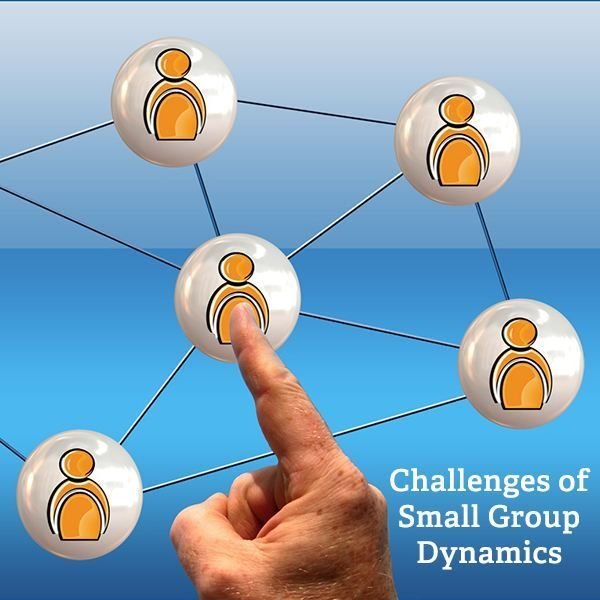Dealing With the Challenges of Small Group Dynamics
Small Teams Can Lead to Big Problems… Sometimes
Jerry Hampton of Group Dynamics & Community Building says that a small group working on a project is usually between 7 and 16, with 12 being the optimal number of people. As a project manager, think about a small group or the small team set before you. Do they think alike? Probably not. Do they have the same goals? Most likely they don’t. Will they all agree? Heavens to Betsy, no!
The dynamics of small groups is often challenging because of the size of the group. In a project situation, this small group of people will look to you or an appointed facilitator—this is a must in small groups. With no leader, there is no structure and from the dawn of time, people looked for both structure and leadership, especially in small groups.
Running with Small Groups
Before you start handing out tasks to your small group, you need to create a plan on how the group will work, achieve goals, and communicate. Think back to the days when a few friends decided on a “pick-up” game of basketball or baseball—was there a leader that made the rules? Did you all argue on what the rules should be? Was there any form of communication other than, “let’s play?” If not, most likely; the sports outing wasn’t all that fun and someone ended up mad or hurt.
This is a huge challenge in small group dynamics. Why? You need to appoint or be a facilitator, or someone that runs and directs the group. Think of a Broadway play here—without the director, there would be chaos and an influx of ideas that weren’t controlled—you’d mostly be dealing with opinions.
If you run with small groups, you have to run just a tad in front to make the dynamics of the group work—or appoint someone else to do it.
Facilitate and Play Nice

Once a facilitator is appointed (even if it’s you), you’ll have an easier time helping everyone achieve the goals on the project. Below are some obstacles you may find when dealing with small groups:
- Personalities – Not everyone thinks or acts the same—or even works at the same pace. If Bob is waiting for Sue because he’s a high achiever, he’ll most likely be mad at Sue. Handle this by looking at not only skill sets but the timeline of your project. Put the tasks in order by relevance but also by personality and work habits.
- Communication – Every project needs to have a great communication plan. Perhaps it’s even more important in smaller groups. Solve this dilemma by making you plan accessible to everyone with clear goals, milestones, and set meetings.
- Play the Idea Game – The facilitator must play the idea game. In small group dynamics, everyone has an opinion and each must be valued and weighed. If one idea is simply ridiculous, don’t tell the group member in front of others.
- Be a Leader – One must wonder if the cavemen had guidance on creating the stone wheel! Most likely there was one who stepped in and came up with the round idea. Your small group needs and expects leadership so be a constant in their activities and act like a leader.
- Encourage Creativity – This is something that can harm small group dynamics if it’s not allowed. As they say on the Impact Factory website, “The key to understanding the nature of the beast (the small group) is to accept and acknowledge that groups, however small, are formed from individuals.” Individuals crave and need creativity so allow them to explore their inner ideas.
- Understand Group Behavior – Within small groups, as the leader, you may see an idea form and watch the group grow to accept the idea. This is inherent in all society, so use it to your advantage by embracing the idea.
- Monitor – Your group needs to be monitored so don’t shut yourself away in a cubicle or office. Be there—you are part of the small group too.
There are many challenges to small group dynamics but all of them can be overcome by using a few leadership techniques that will make your projects better, your group happier, and you’ll be able to achieve the end result or goal you want.
Image Credit (Freedigitalphotos)
